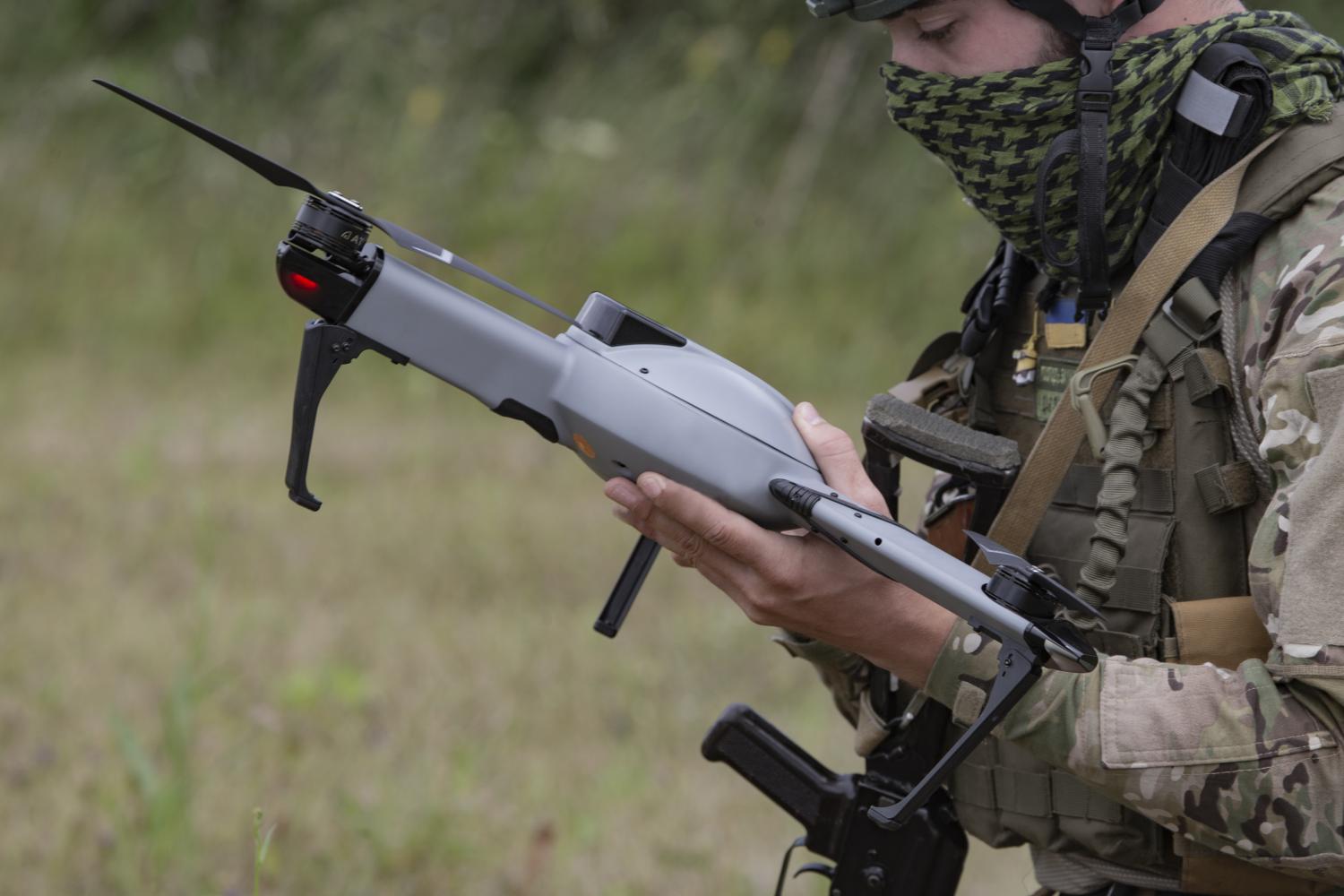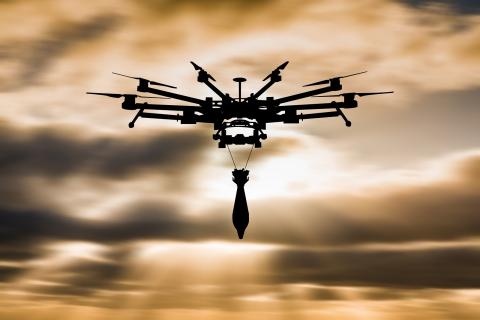Two years ago this week, Russian ground forces crossed into Ukraine in the south, east and north. The Russians planned for a lightning ten-day campaign to seize the capital and install a puppet regime. But in war, nothing is certain. Even the simplest of plans can come undone through enemy action. So it was on the first day of this war. The Ukrainians, initially disorganised, were able to defeat the air assault into Hostomel, forcing the Russians into an arduous land campaign in northern Ukraine which ultimately failed.
The Russo-Ukraine War is the largest conflagration in Europe since the Second World War and the most consequential; it has driven a wholesale transformation of warfare. Both the Ukrainians and the Russians have adopted an array of new technologies which have changed tactics, military organisational structures and the degree of lethality in war. The war has been fought at a scale not seen in eight decades, resulting in massive human and material losses, driving the mobilisation of people and defence manufacturing.
Australia can learn much from the war. And while the topic of Ukraine did not rate a mention in the 2023 Defence Strategic Review, Australia has a once-in-a-generation opportunity to transform how it commands, how it learns and makes decisions, how it fights, and how it supports military operations. Five crucial lessons stand out.
The first is that Australia can and must develop a mature and resilient long-range strike capability. While American and European weapon and intelligence systems are highly desirable, Ukraine has also developed its own uncrewed long-range air and maritime strike systems. They now possess a mature strike capability using Western weapons, NATO doctrine and a mix of home-built weapons. Australia has an indigenous defence industry also capable of constructing such systems, so should look to this example. In particular, the challenges facing Australia’s navy should drive close scrutiny of the Ukrainian fleet of uncrewed strike vessels.
A second lesson is that despite the need for long-range strike, this is not a substitute for engaging in close combat. Neither Russian nor Ukrainian strikes have by themselves been decisive. Close combat is required to hold or seize terrain. In Australia’s region, seizing and holding terrain will be vital for deterrence and defending forward bases. The recent disestablishment of 20% of the Army’s close combat battalions augurs poorly for the ADF. Having a mix of capable long- and short-range combat systems, with crewed and uncrewed platforms, places potential adversaries in a dilemma and influences their strategic calculus. Ukraine has used the meshing of civilian and military sensors and advanced AI-supported digitised command and control to orchestrate both forms of combat.
A third lesson pertains to the integration of defences against aircraft, missiles and drones. Ukraine has adapted since the start of the war, absorbing Western systems and merging them with Soviet-era systems and commercial technologies to build the world’s best air defence network. This is a capability sorely lacking in Australia. Australia has several indigenous companies which build these capabilities for Ukraine; they should be building them for Australia as well, and in large quantities. Concurrently, Defence needs to invest in low-cost interceptors to flip the economics of destroying low-cost uncrewed aerial vehicles.
A fourth lesson is the centrality of humans in war. It is humans who make the decision to go to war and set the conditions under which war is terminated. And it is humans who fight and learn throughout a conflict. The Russo-Ukraine War has seen a human adaptation battle between the two sides, with each seeking to learn, adapt and improve their military effectiveness. Two important elements stand out: tactical adaptation, which is the art of learning and innovating to win battles; and, strategic adaptation, which is the art of learning and adapting to win wars. Key Russian strategic adaptations have included the use of personnel and the mobilisation of defence industry. Australia needs a faster adaptation cycle in procurement, defence production, military doctrine, and force development if it is to keep up with threats.
Finally, this war has demonstrated the centrality of good leadership. Good national leadership and competent battlefield leadership makes a significant difference in military and national security affairs. Both sides have demonstrated that leadership accountability matters. Ukraine in particular has held its military leaders accountable for battlefield failures. It has removed non-performing ministers and military leaders, up to and including military commanders-in-chief. As a department that is chronically failing in personnel recruitment and retention, procurement, and transparent communication with media and citizens, no lesson could be more relevant to the Australian Department of Defence than leadership accountability.
The Russo-Ukraine War offers a panoply of lessons which might inform strategy, defence industrial priorities, military force structures and battlefield tactics. Learning from the experiences of other nations is what a clever country does. And for Australia, that begins with learning the lessons for which the Ukrainians have paid such a high price.

